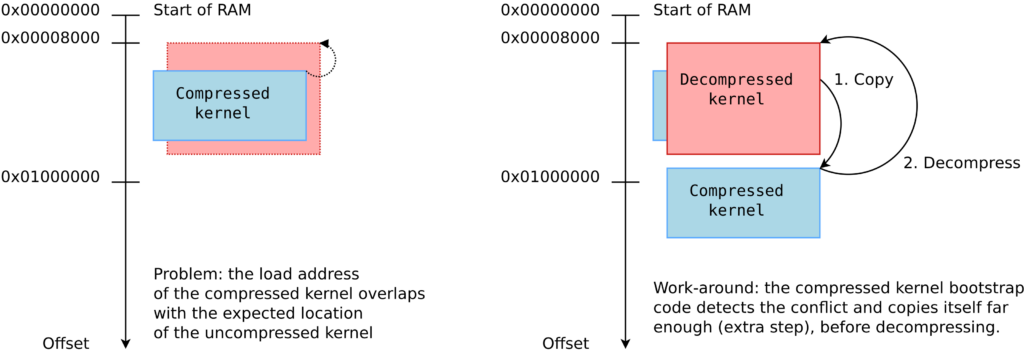 In the Embedded Linux ecosystem, the Embedded Linux Conference is the most important event, covering all topics related to the usage of Linux in embedded systems, and probably gathering the largest audience of embedded Linux developers and maintainers.
In the Embedded Linux ecosystem, the Embedded Linux Conference is the most important event, covering all topics related to the usage of Linux in embedded systems, and probably gathering the largest audience of embedded Linux developers and maintainers.
After several years where it was combined in the much larger Open Source Summit, mixed with conferences on largely unrelated topics, the Embedded Linux Conference is this year grouped only with other embedded-related conferences under an umbrella event called the Embedded Open Source Summit.
Like every year, Bootlin will have a strong participation to the event: no less than 14 engineers of our team will be at the conference, which is almost our entire team. At Bootlin, we strongly believe that participating to conferences is a key aspect of an engineer’s job, in order to stay up-to-date with the latest developments in our field, but also to make or strengthen connections with other members of the embedded Linux community.
Overall, Alexandre Belloni, Kamel Bouhara, Luca Ceresoli, Maxime Chevallier, Hervé Codina, Jérémie Dautheribes, Paul Kocialkowski, Théo Lebrun, Alexis Lothoré, Köry Maincent, Michael Opdenacker, Thomas Perrot and Thomas Petazzoni will participate to the conference.
In addition, we also have 3 talks that have been accepted at the conference, which are visible in the schedule:
- Michael Opdenacker will present Finding the Best Block Filesystem for Your Embedded Linux System
- Paul Kocialkowski will present A Current Overview of the DRM KMS Driver-Side APIs
- Hervé Codina will present A Tour of USB Device Controller (UDC) in Linux
Finally it is worth mentioning that Bootlin has already started contributing to the conference: as a member of the Embedded Linux Conference program committee, Bootlin CEO Thomas Petazzoni has already reviewed and participated to the selection of talks that made it to the schedule of this year’s conference.
We look forward to seeing you all in Prague!




